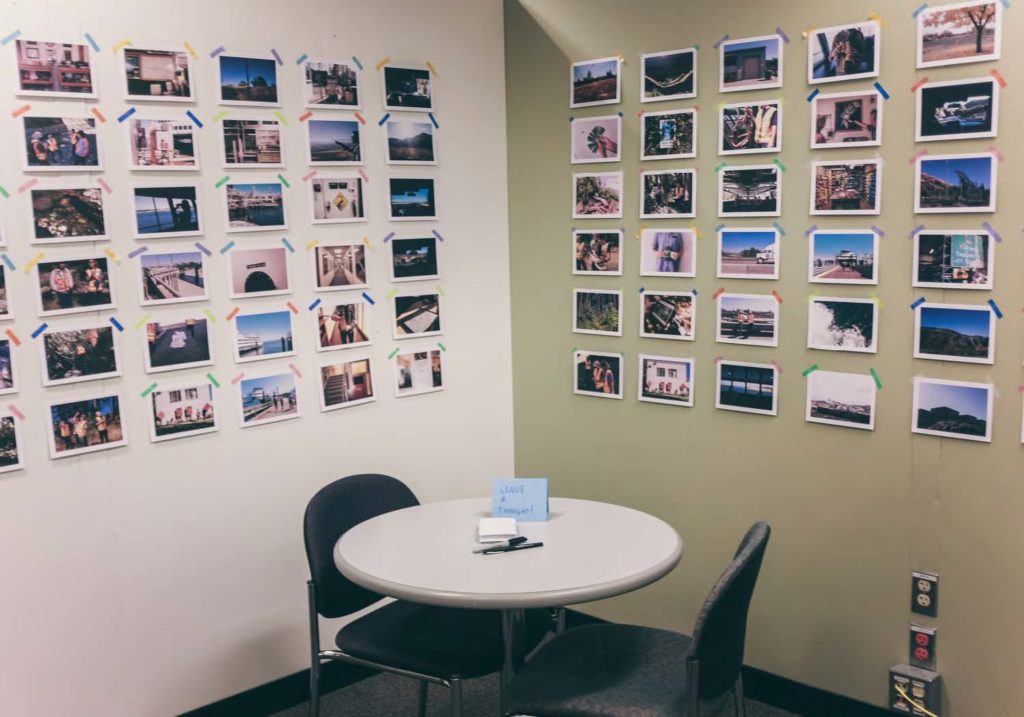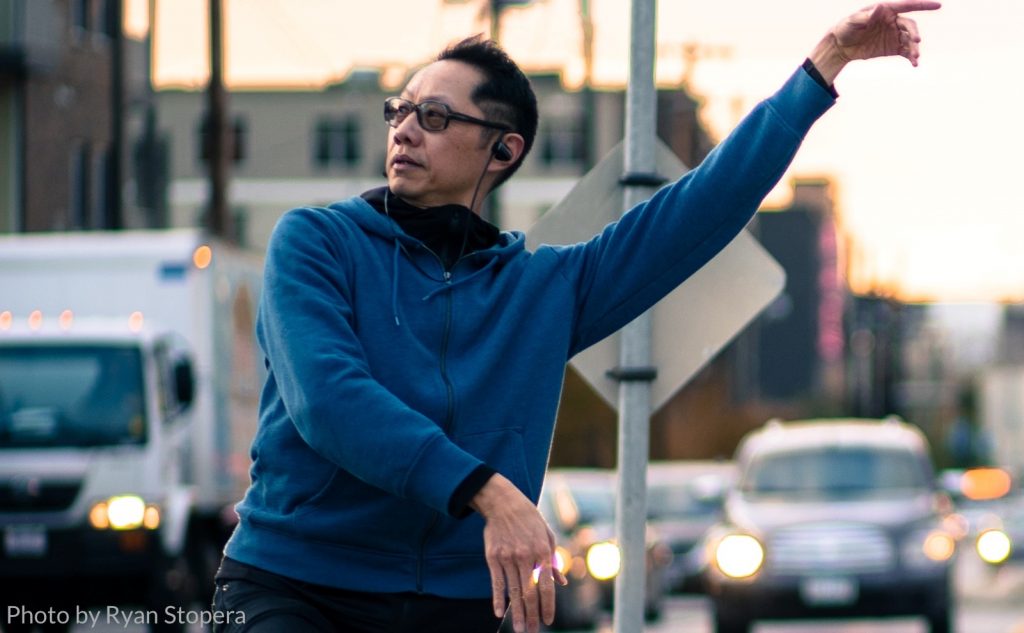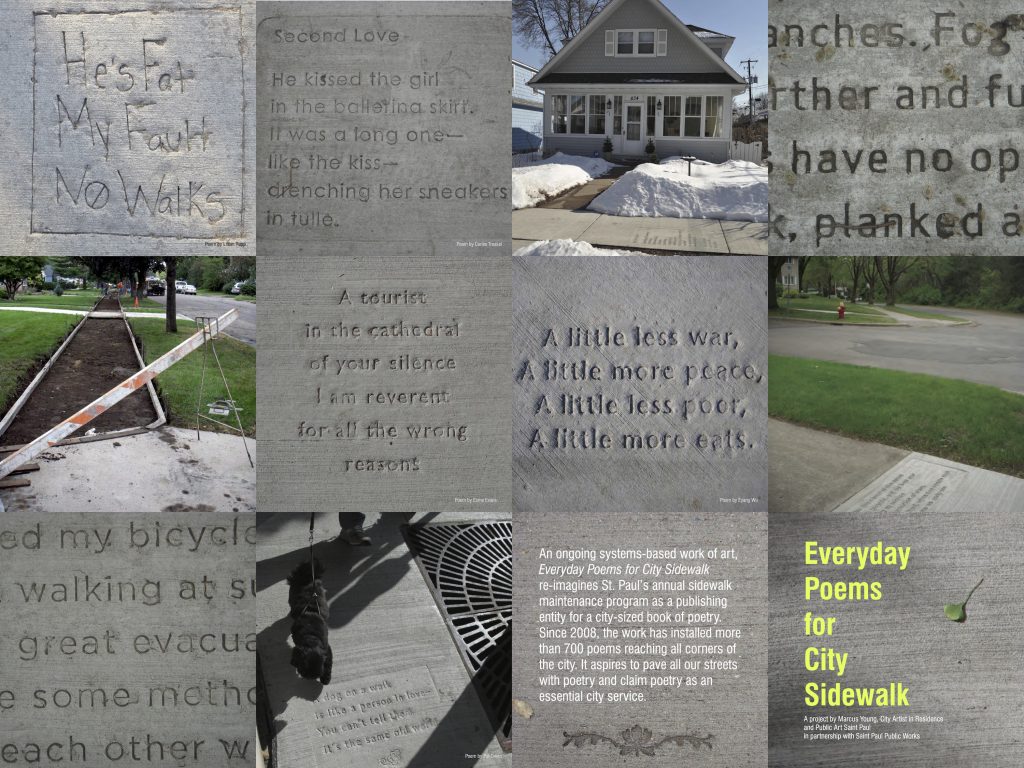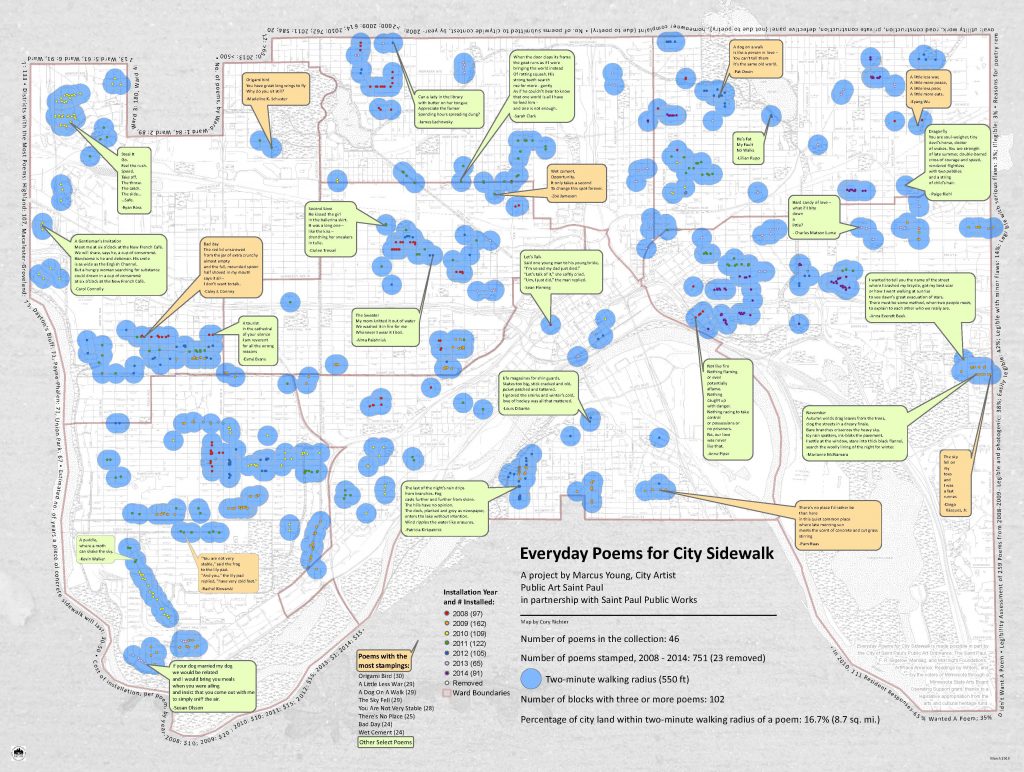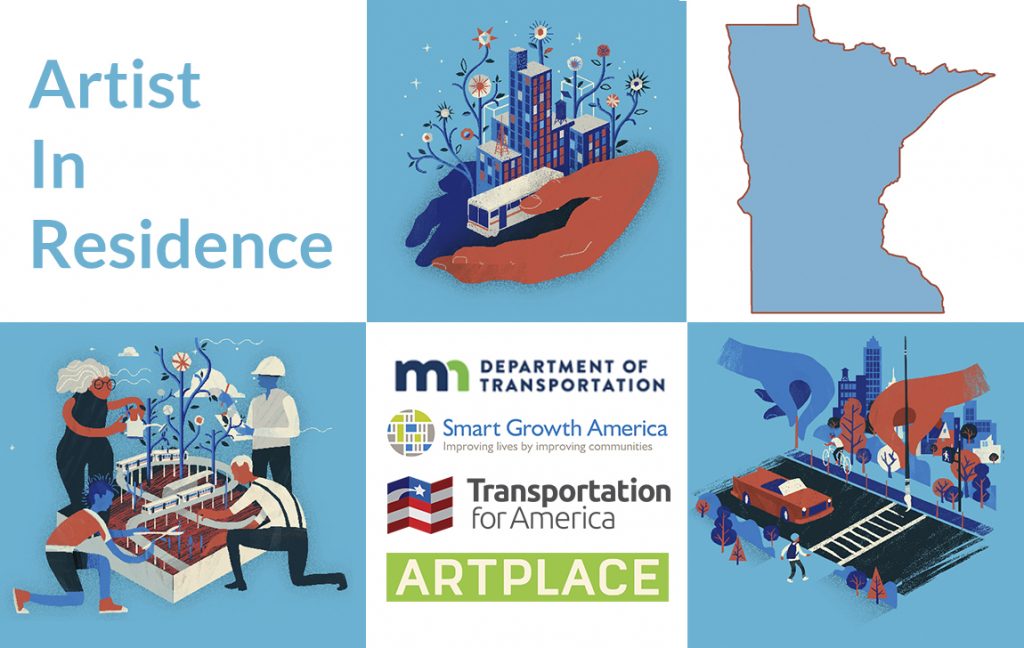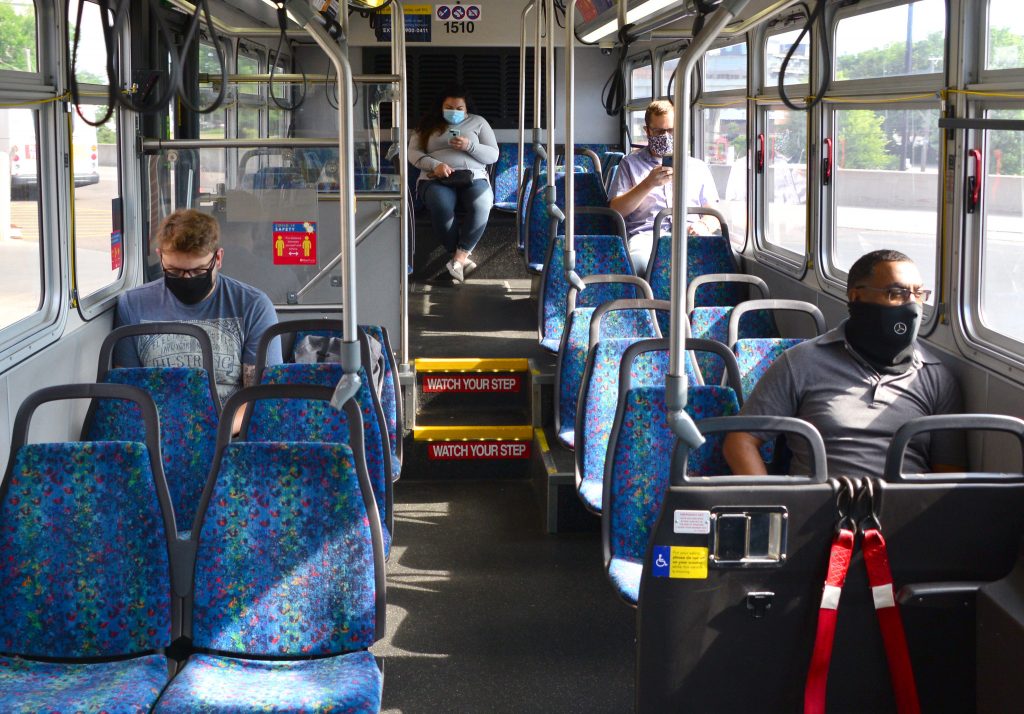
To address urgent climate needs, every state will need to make it possible for their residents to drive less every day. But too many shy away from taking concrete steps to do so, putting all of their efforts into improving fuel efficiency and electric vehicle adoption. The Minnesota Department of Transportation (MnDOT) just took a key step in the fight against climate change: setting an ambitious target for reducing driving (measured as vehicle miles traveled, or VMT).

The Minnesota Department of Transportation (MnDOT) recently made a highly anticipated decision to adopt a number of recommendations from the state’s Sustainable Transportation Advisory Council (STAC) made in December 2020, including setting a preliminary statewide goal for a 20 percent VMT reduction statewide and per capita by 2050. For the average Minnesota driver, that will mean traveling about 45 miles less per week in 2050 than today.
MnDOT’s VMT reduction target is preliminary, and will be finalized after engaging the public and stakeholders through the Statewide Multimodal Transportation Plan process that will occur throughout 2021. MnDOT may also set interim targets, as well as different targets for the Twin Cities region (which already has locally-established targets) compared to the rest of the state.
Minnesota has already had some success reducing emissions from the transportation sector in recent years, particularly compared to some of its peers, but setting VMT reduction goals has been a gap in the state’s efforts. We highlighted the need for VMT reduction targets with our partners at Move Minnesota in our Minnesota case study for our Driving Down Emissions report, as have local advocates and stakeholders, so it is great to see the state step out as a national leader working toward reducing the need to drive.
This step is a big deal—most states are still heavily focused on improving fuel efficiency standards and electric vehicle adoption with little or no emphasis on how growing VMT is undercutting those efforts. This is shortsighted and leaves valuable strategies that would also create more livable and equitable communities on the table.
Importantly, MnDOT also plans to develop an approach for estimating the VMT that will result from its program and proposed projects by assessing both induced demand from adding lanes and reduced demand from increasing walking access. MnDOT will also evaluate the accuracy of existing travel demand forecasting methods—an important step, since many traditional forecasting models have a poor track record of accuracy and can prompt premature or unnecessary highway expansions that induce more driving and more emissions.
Minnesota isn’t the only state taking action this month to reduce emissions by reducing the need to drive. The California State Transportation Agency (CalSTA) recently released a public discussion draft of its plan to reduce VMT. The Climate Action Plan for Transportation Infrastructure (CAPTI), created in response to Governor Gavin Newsom’s executive order, will be finalized later this year. It includes 28 action items with a number of potential strategies aimed at reducing driving, including pricing, using state transportation funds to incentivize land use decisions that reduce the need to drive, and establishing VMT mitigation banks that allow transportation project sponsors to purchase VMT allowances if their project will induce more driving, creating a fund for VMT-reduction projects.
California’s plan also includes strategies aimed at addressing the transportation system’s entrenched inequities, such as pollutants that disproportionately affect low-income and minority communities. And California has also already developed an approach for estimating the induced driving that will result from its highway projects, which other states can and should adopt.
We are very excited to see MnDOT take bold steps to address climate change emissions in transportation by addressing the role the transportation system plays in forcing people to drive more and further. They are showing themselves to be leaders and we hope to see many more states follow.




